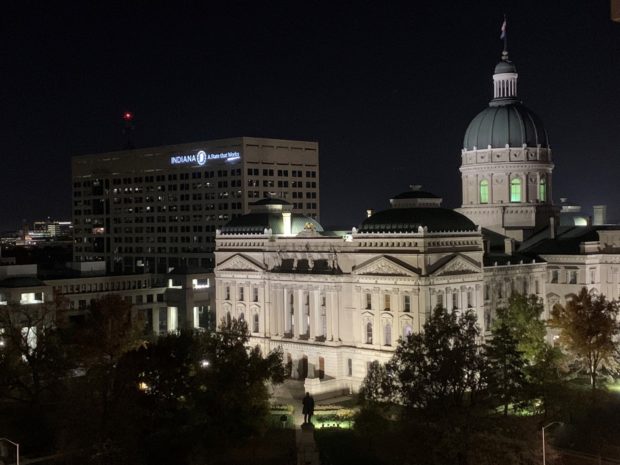Day 2 of the Library Marketing and Communications Conference began with a keynote by staff from Brooklyn Public Library about their recent “Books Unbanned” campaign. The panelists discussed how they successfully managed what quickly became an international phenomenon to simultaneously increase access to e-books and raise brand awareness. I was feeling pretty run-down by this point in the conference, but I still managed to attend a presentation during each session. Here are the highlights.
Video Killed the Radio Star: Creating Engaging Short-Form Video Content for Your Library’s Social Media
I’ve been hesitant to dive into creating short-form video content on a regular basis, but this session gave me the inspiration I needed to go for it. In addition to detailing some basic needs (ring light, microphone, green screen, and video editing app), each of the panelists highlighted some of their most successful content and described their creation process.
Main takeaway: There is no getting around it: video content takes time. However, on both Instagram and TikTok, you have the potential to reach audiences outside your followers.
Meghan Kowalski (U. of the District of Columbia) on Developing Your Brand
Kowalski walked us through the process of defining, determining, and if necessary attempting to change your library’s brand. Branding is not a logo, or a tagline, or even a campaign. “Branding is the express character of your library: It’s a vibe.” You can determine what your brand is through interviews, focus groups, and analysis of your services, but to change it is incredibly difficult. There were a number of takeaways for me on this one, including:
- Branding is an art, not a science. You don’t need (or even want) rigorous data.
- Create an internal branding document for your colleagues.
- Branding is inexorably linked to customer service.
Audience Segmentation and Email Marketing
This year, I’ve started spending more time working on email-based outreach, so I was excited to attend two sessions on the topic: Jayna McDaniel-Browning and David Brockton on Using Segmentation and Email Marketing and Sarah Barton-Bridges and Skyler Noble on Controlling Your Own Content with Email. The presenters offered a number of good tips, including:
- using emojis in subject lines (the weirder the better)
- creating segments based on who clicked on what
- sending out “preference” forms to get a sense of which users are interested in which materials
- creating separate newsletters based on activity (e.g., work, play, learn) instead of audience demographic
- correlating email blasts with web analytics
- Segmented/targeted email have a much higher open rate (40% should be your minimum)
- Change up your call to actions (not just always “Learn more”)
Final Thoughts
By the end of Day 2, I was pretty wiped out. I’m still recovering from a week of being under the weather and two 12+ hour travel days didn’t help. Nonetheless, I was thrilled to be back at this conference. To my knowledge it’s the only library conference that specializes in the work that I do. Moreover, there isn’t any sense of competition among presenters and attendees: we all genuinely understand each others’ struggles. =)
Communications is only a piece of what I do: most of my time is spent managing a department, collaborating with other units, representing my team on the library’s leadership council, and overseeing a host of events, exhibitions, and orientations. However, it’s certainly one of the most exciting and creative aspects of my job, so I enjoyed the opportunity to talk shop with library colleagues from other institutions.
